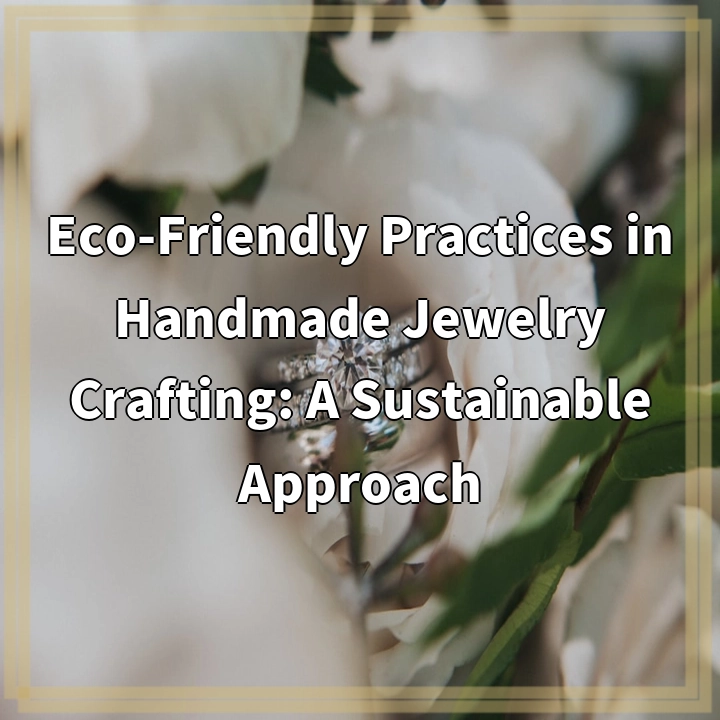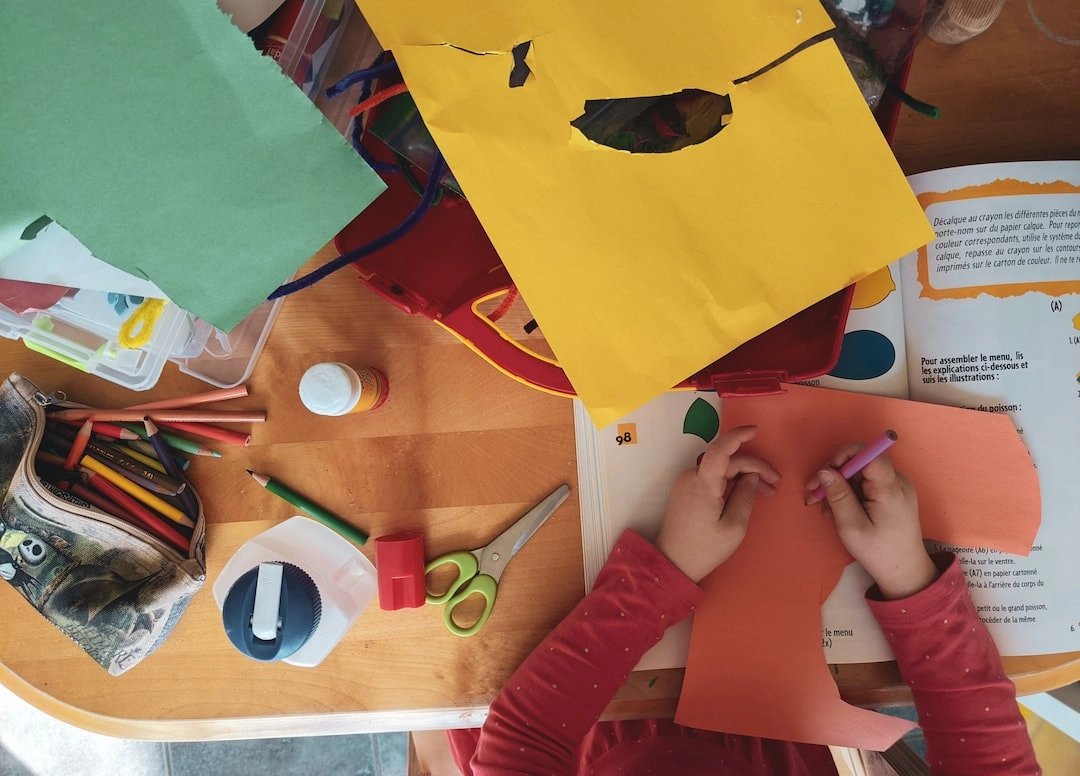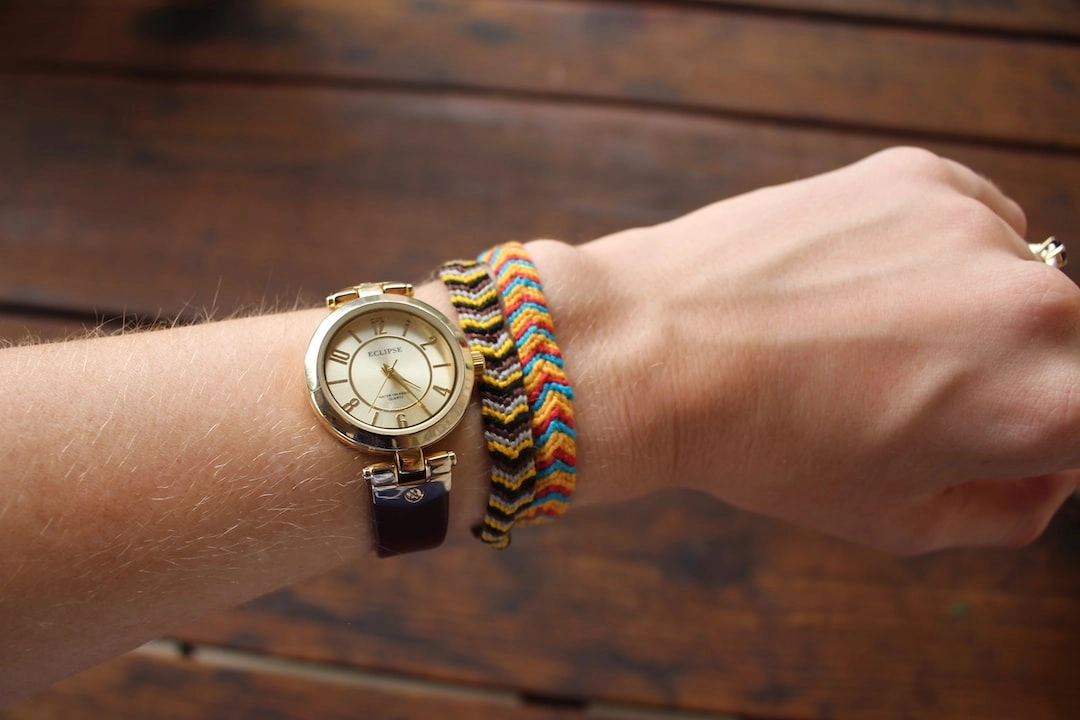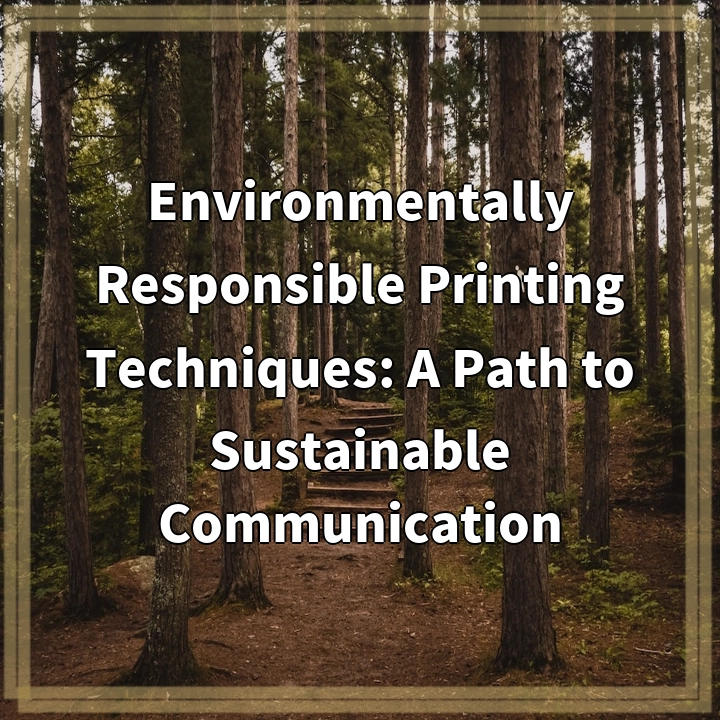
What is Eco-Friendly Practices in Handmade Jewelry Crafting: A Sustainable Approach?
Eco-friendly practices in handmade jewelry crafting refer to the use of sustainable and environmentally conscious methods and materials in the creation of jewelry pieces. This approach focuses on minimizing the negative impact on the environment throughout the entire jewelry crafting process, from sourcing materials to the final product.
Real-World Problems Associated with Traditional Jewelry Crafting
Traditional jewelry crafting often involves processes and materials that have a detrimental effect on the environment. Here are some of the real-world problems:
1. Extraction of Precious Materials
The extraction of precious metals and gemstones, such as gold, silver, and diamonds, often involves destructive mining practices. These practices can result in deforestation, habitat destruction, water pollution, and displacement of local communities.
2. Harmful Chemicals
The jewelry industry frequently utilizes toxic chemicals, such as cyanide and mercury, in the refining and plating processes. Improper disposal of these chemicals can lead to water pollution, posing a threat to aquatic ecosystems and human health.
3. Energy Consumption
Traditional jewelry crafting typically involves energy-intensive techniques, such as high-temperature metal smelting and machine-operated processes. This high energy consumption contributes to carbon emissions and exacerbates climate change.
4. Waste Generation
Jewelry crafting often generates significant waste, including metal scraps, excess materials, and packaging waste. Improper disposal of this waste can lead to environmental pollution, as well as a loss of valuable resources.
5. Lack of Transparency
In the conventional jewelry industry, there is often a lack of transparency regarding the origin of materials and the working conditions of artisans. This lack of transparency makes it difficult for consumers to make informed choices and support ethical and sustainable practices.

Solutions for Eco-Friendly Practices in Handmade Jewelry Crafting: A Sustainable Approach
1. Ethical Material Sourcing
By opting for ethically sourced materials, such as recycled metals and responsibly mined gemstones, jewelry artisans can minimize environmental harm caused by mining practices. Utilizing reclaimed or repurposed materials also reduces the demand for new extraction and helps divert waste from landfills.
2. Non-toxic Alternatives
Incorporating non-toxic alternatives for refining, plating, and cleaning processes can minimize the use of harmful chemicals. Choosing eco-friendly solutions that are safe for both artisans and the environment, such as electrolytic rather than chemical plating, can significantly reduce pollution risks.
3. Energy-efficient Techniques
Implementing energy-efficient practices, such as using renewable energy sources or optimizing production processes to reduce energy consumption, can help reduce carbon emissions associated with jewelry crafting. Additionally, utilizing hand techniques and low-energy tools can further minimize energy use.
4. Waste Reduction and Recycling
Jewelry artisans can adopt waste reduction strategies like proper material planning, inventory management, and recycling programs. Collecting and reusing metal scraps, repurposing old jewelry, and utilizing eco-friendly packaging materials can significantly reduce waste generation and promote circularity.
5. Transparency and Ethical Practices
Adhering to transparency standards by providing clear information about material origins, manufacturing processes, and labor practices helps build trust with consumers. Promoting fair trade practices, supporting artisan communities, and investing in ongoing education and certifications contribute to a more ethical and sustainable industry.















